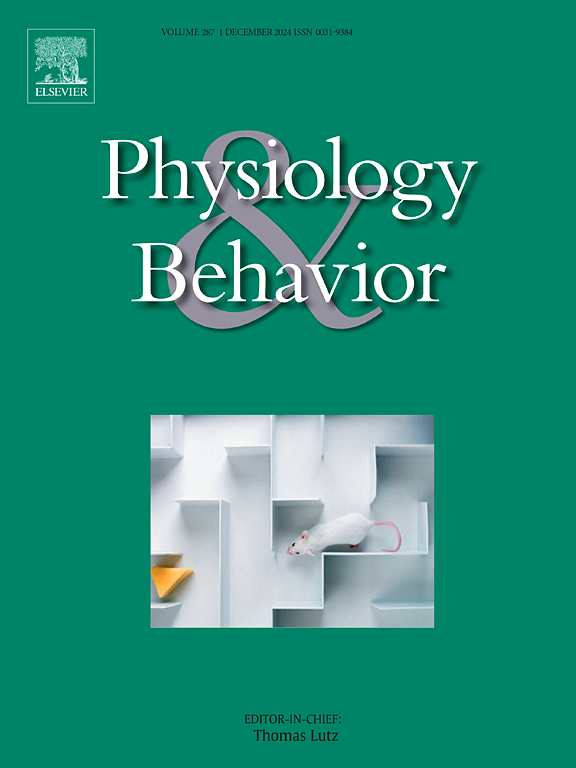碳水化合物对男大学生运动员肌肉力量产生的安慰剂效应:错误信息和反馈强化线索的作用。
IF 2.5
3区 医学
Q2 BEHAVIORAL SCIENCES
引用次数: 0
摘要
碳水化合物安慰剂(CHO-PLA)是一种伪装成碳水化合物的非代谢物质。当治疗信息未披露时,CHO-PLA通过甜味提示增强了力量表现,这在心理上增强了参与者对其疗效的信念。然而,当参与者被错误地告知他们正在消耗实际的碳水化合物时,CHO-PLA的影响,以及额外线索(视觉强化)的作用,仍然不太清楚。活跃的男性(n=45)被分配到错误信息组(MIS)、错误信息与反馈强化组(MIS+R)或对照组。在摄入CHO-PLA之前(测试前)和之后(测试后)测量膝关节伸展和屈曲时的等速力产生。一周后分别进行单组重复至膝关节伸展和屈曲失败的疲劳任务,以评估力下降率。摄入CHO-PLA后,MIS组和MIS+R组的膝关节伸展强度分别增加了5.7和6.9% (p本文章由计算机程序翻译,如有差异,请以英文原文为准。
Placebo effect of carbohydrates on muscle force production in male collegiate athletes: The role of misinformation and feedback-reinforced cues
A carbohydrate placebo (CHO-PLA) is a non-metabolic substance guised as carbohydrate. When information about the treatment was not disclosed, CHO-PLA enhanced strength performance through the sweetness cue, which psychologically strengthened participants' belief in its efficacy. However, the effects of CHO-PLA when participants are misinformed that they are consuming actual carbohydrates, and the role of additional cues (visual reinforcement), remain less understood. Active males (n = 45) were assigned to either misinformed (MIS), misinformed with feedback reinforced (MIS+R) or control groups. Isokinetic force production during knee extension and flexion was measured before (pre-test) and after (post-test) CHO-PLA ingestion. A fatiguing task involving a single set of repetitions to failure for knee extension and flexion, respectively was conducted a week later to assess rate of force decline. After CHO-PLA ingestion, the MIS and MIS+R groups showed a 5.7 and 6.9 % increase in knee extension strength, respectively (p < 0.05). For flexion, only the MIS+R group demonstrated improvement (4.9 %; p < 0.05). Additionally, the MIS+R group showed the smallest decline in force (rate constant) during the fatiguing task, which corresponded to the highest total work done. These findings suggest that force production is greater when feedback reinforcement is provided (MIS+R). The findings also indicate that the placebo effect is strongest when all three cues, sweetness, verbal information, and visual feedback are present. In summary, the observed improvements in force production appear to be behavioral; when participants were misinformed and reinforced about the treatment received, their belief in having consumed carbohydrate was strengthened, leading to enhanced strength performance.
求助全文
通过发布文献求助,成功后即可免费获取论文全文。
去求助
来源期刊

Physiology & Behavior
医学-行为科学
CiteScore
5.70
自引率
3.40%
发文量
274
审稿时长
47 days
期刊介绍:
Physiology & Behavior is aimed at the causal physiological mechanisms of behavior and its modulation by environmental factors. The journal invites original reports in the broad area of behavioral and cognitive neuroscience, in which at least one variable is physiological and the primary emphasis and theoretical context are behavioral. The range of subjects includes behavioral neuroendocrinology, psychoneuroimmunology, learning and memory, ingestion, social behavior, and studies related to the mechanisms of psychopathology. Contemporary reviews and theoretical articles are welcomed and the Editors invite such proposals from interested authors.
 求助内容:
求助内容: 应助结果提醒方式:
应助结果提醒方式:


